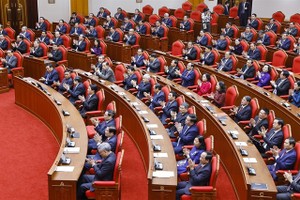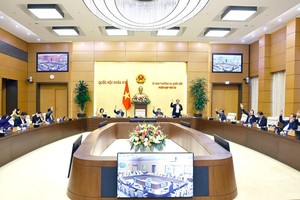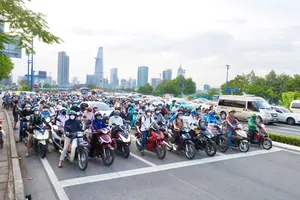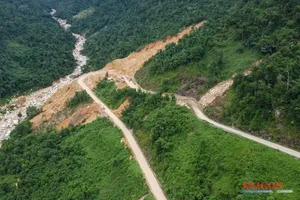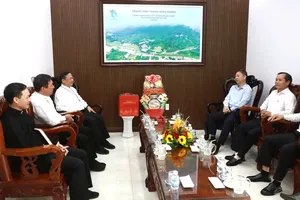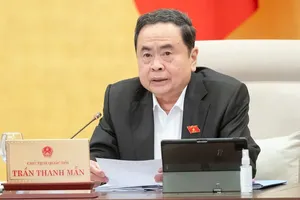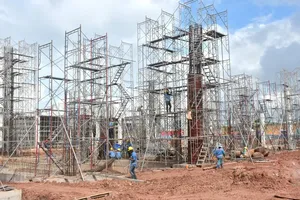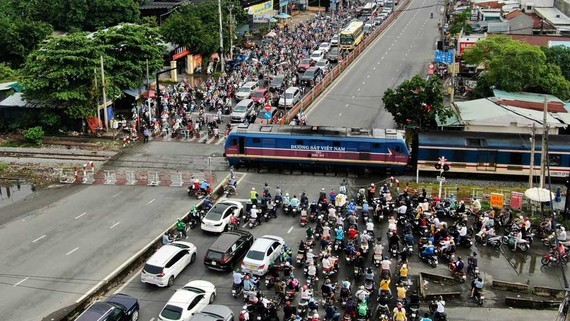
Accordingly, by 2030, the railway industry will welcome 9 new routes with a total length of 2,362km. Among them, the North-South high-speed rail project attracts the most interest of both the Government and the community.
Starting in 2005 and after much consideration as well as the collection of experts’ opinions, this project is having new investment policies developed by the Transport Ministry. These policies will be submitted to the Politburo for approval this September, followed by a report to the National Assembly to launch in the 2021-2026 period. After this will be the time for a feasibility report, design consideration, and land clearance tasks. In 2028-2029, it is planned that a certain number of bidding packages of the Hanoi – Vinh and HCMC – Nha Trang routes can begin.
The two railway construction projects of Bien Hoa – Vung Tau and Thu Thiem – Long Thanh have also kicked off after the consensus on investment methods of related state agencies and the People’s Committees of HCMC, the provinces of Dong Nai, Binh Duong, and Ba Ria – Vung Tau. Both follow the Public-Private Partnership model, attracting the investments of VND50,822 billion (US$2.17 billion) and VND40,566 billion ($1.73 billion) respectively. The Railway Project Management Board is assigned to organize a bidding session to select a suitable consultation unit to develop a prefeasibility report for both projects by this third quarter.
As to the HCMC – Can Tho rail, the Transport Ministry is now working with related localities to choose the optimal route and investment method, which will be completed this year to submit to the National Assembly for approval, then comes the time to attract investment in 2024 and the construction launch in 2025 or 2026.
Binh Duong Province People’s Committee yesterday announced that it is proposing an extension of Ben Thanh -Suoi Tien rail to the new downtown of Binh Duong Province. The first stage of this project for a 1.8-kilometer railway line will use ODA capital. The second with the length of over 25km from Di Anh City to the new downtown is considered a strategic route to boost the socio-economic growth of the province and promote regional connectivity.
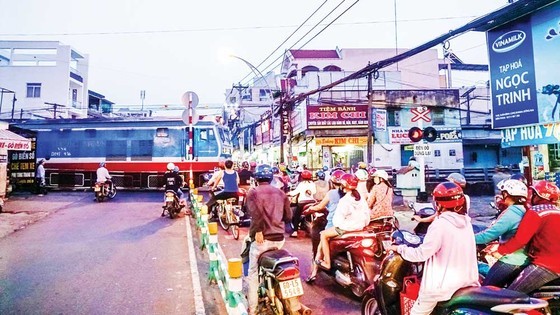
Minister of Transport Nguyen Van The stated that the new rail projects are going to improve the Vietnamese railway industry while becoming a new motive force for the growth of the regional transportation, the change in transport component structure, and the measure to reduce logistics costs in the country, especially the South.
However, there are still obstacles to overcome. The first would be problems in the land clearance task, since local planning pieces are now conflicting with one another and with the railway planning. Construction projects within the railway corridor are still approved, leading to a rise in land compensation amount. This calls for closer collaboration among related ministries, state agencies, and the local authorities to observe the railway planning when greenlighting land use plans and managing the land resource.
The most challenging obstacle seems to be investment seeking. It is estimated that the capital demand for these railway projects reach VND240 trillion ($10,25 billion), coming from both the national budget and other legal sources. The state budget will be used mostly for direct train structures, while other parts like station and parking areas should use other investment sources.
The railway network planning for the period of 2021-2030, with a vision to 2050, states that the People’s Committees of concerned provinces and cities must actively seek legal investment sources for the connection of their local railways from ports, economic zones, or tourism attractions to the national railway.
Therefore, in the upcoming time, the Government is going to introduce firstly a mechanism to encourage organizations and individuals, both inside and outside the country, to invest in railroad construction, and secondly a mechanism to better exploit the land resource around rail stations.
In 2018, the Vietnamese railway network consisted of 7 major routes with the total length of nearly 3,160km. the track gauge of 1,000mm accounted for 84 percent and the gauge of 1,435mm 6 percent. The market share of the rail transport took under 1 percent.
It is planned that in 2030, 9 new railway routes will be completed, all in the gauge of 1,435mm. The cargo and passenger transport volumes are expected to reach 11.8 million tonnes and 460 million people, comprising of 0.27 percent and 4.4 percent of the market share, respectively.


